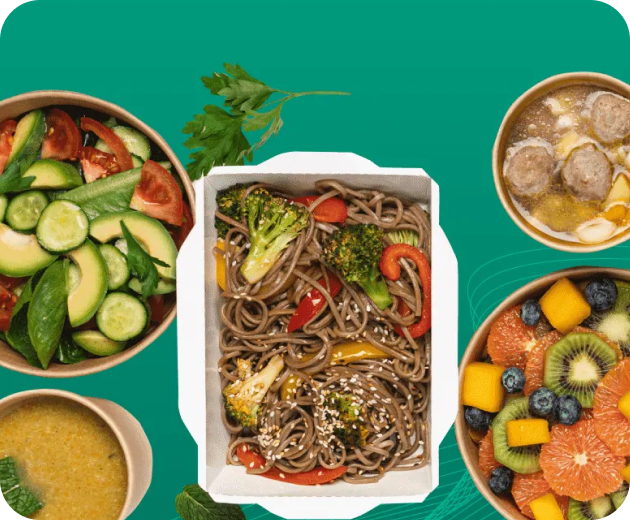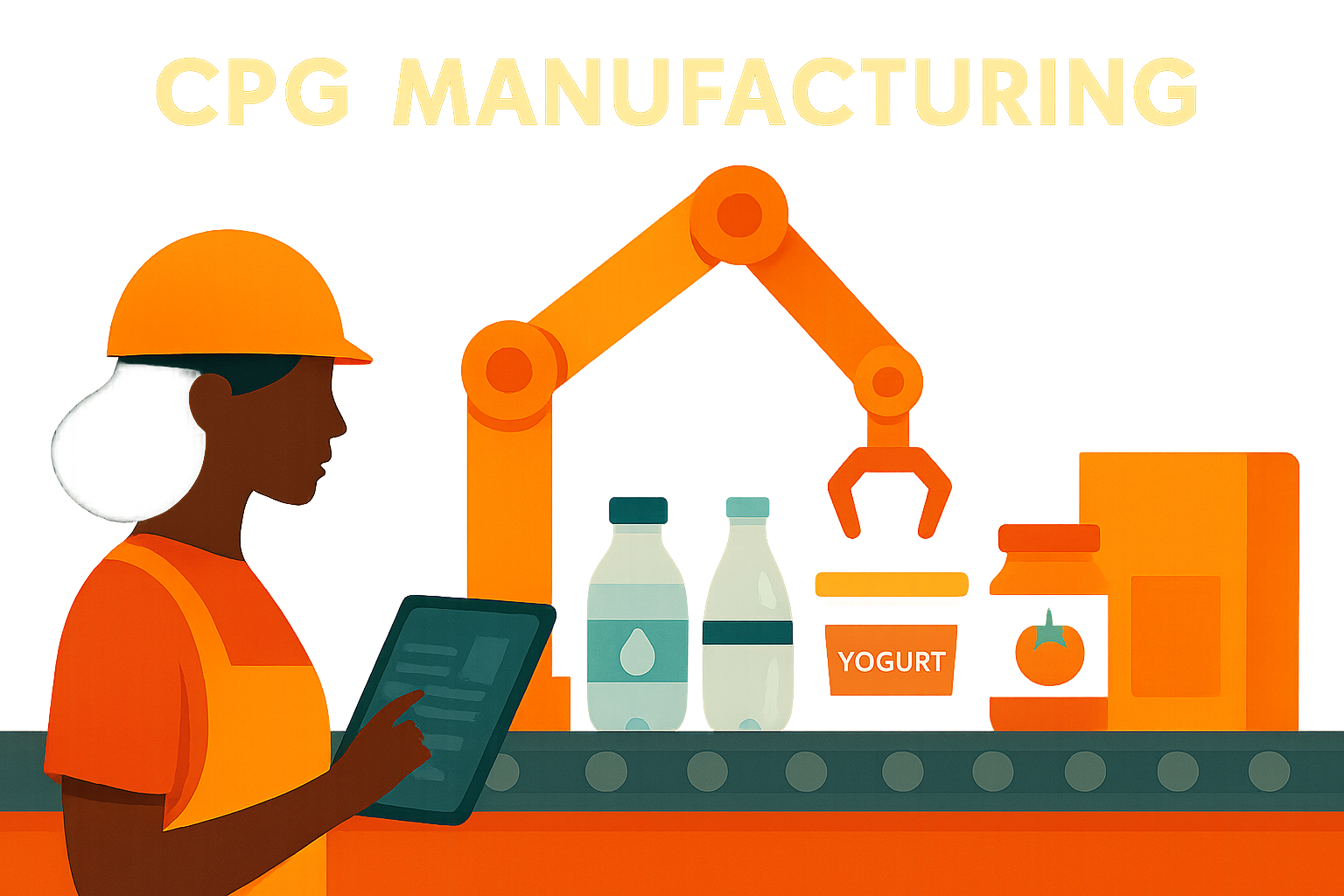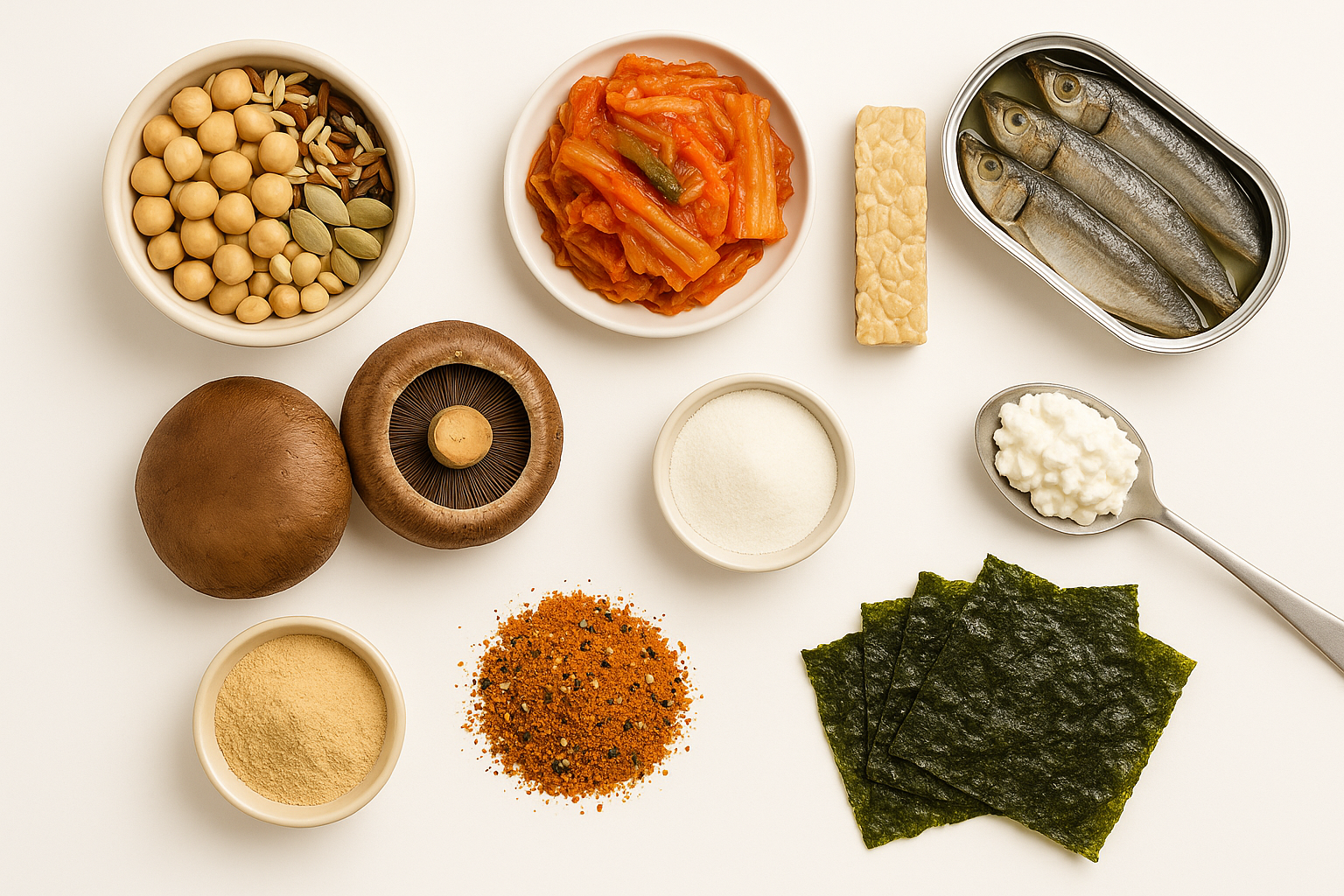How a Food Survey Drives Food Analytics and Reveals Trends
Food surveys are one of the most powerful tools that food businesses can use to understand their customers.
By conducting surveys, businesses can gather valuable insights into what their customers like and dislike, leading to better decision-making and ultimately, a more successful business.
This post will explore what a food survey is, how it is used (including examples), and why it is beneficial for businesses in the food industry.
What is a Food Survey?
Food surveys are a valuable tool for collecting insights into consumer preferences, habits, and opinions about food products and services.
These surveys range from simple questionnaires to comprehensive studies that explore various aspects of the food experience, from taste and presentation to nutritional content and sustainability practices.
The objectives of a food survey can vary widely depending on the business’s specific needs. Common goals include:
- Understanding consumer preferences: What flavors, textures, and types of food are consumers currently favoring?
- Measuring satisfaction: Are customers happy with their current food choices, or is there room for improvement?
- Identifying trends: What emerging trends are gaining traction in the market, and how can businesses capitalize on them?
- Evaluating new products: How do consumers react to new food products, and what improvements can be made?
The Benefits of Food Surveys for Food Businesses
Food businesses and restaurants are constantly looking for ways to improve and stay ahead in the competitive industry.
With changing consumer tastes and preferences, these businesses need to keep up with the latest food trends and innovations. This is where food surveys are useful:
Useful for understanding consumer preferences
Food surveys helped a CPG brand understand consumer preferences and needs for its new product line.
The brand conducted surveys to gather data on consumer tastes, dietary restrictions, and purchasing behavior.
This data allowed them to tailor their product offerings to better meet the demands of their target market.
Assisting with updating the menu
An American restaurant chain, known for its delicious burgers and fries, has recently announced a new addition to its menu: plant-based options. This move comes as more and more consumers are looking for meatless alternatives when dining out.
The company’s CEO stated that they have been closely following the growing trend of plant-based diets and wanted to cater to those customers.
The new menu items include veggie burgers and a variety of salads filled with fresh vegetables.This change not only appeals to vegetarians and vegans but also to health-conscious individuals who want to reduce their meat intake.
How to Write a Food Survey
Writing an effective food survey requires a clear understanding of the survey’s objectives and the target audience. Here’s a step-by-step guide to creating a survey that delivers actionable insights:
Step 1: Define your objectives
Identify the key questions you need answers to. Are you trying to understand consumer preferences, measure satisfaction, or evaluate a new product? Your objectives will guide the structure and content of the survey.
Step 2: Choose the right question types
Use a mix of quantitative and qualitative questions to gather comprehensive data. For example, multiple-choice questions can help you quantify preferences, while open-ended questions can provide deeper insights into consumer opinions.
Step 3: Keep it concise
While detailed information is vital, your survey should be brief enough to encourage participation. Aim for a survey that takes no more than 10 minutes to complete.
Step 4: Use clear and neutral language
Avoid leading questions that could bias the responses. Your goal is to gather honest feedback, so ensure that your questions are straightforward and unbiased.
Step 5: Test your survey
Before launching your survey, test it with a small group to identify any issues with clarity or flow. This step is crucial for ensuring that your survey delivers reliable data.
By leveraging AI-powered tools like Tastewise’s Survey Agency, businesses can streamline the survey creation process and gather insights more efficiently.
Food Survey Question Examples
To illustrate the power of well-crafted survey questions, here are three examples, each designed to gather specific types of data:
| Question | Question Type | Answer Options | What You Can Get |
| “How often do you purchase organic food products?” | Multiple Choice | Daily, Weekly, Monthly, Rarely, Never | Frequency of organic food consumption and potential market size |
| “What motivates you to choose a particular beverage brand?” | Open-ended | N/A | Insights into brand loyalty drivers and consumer priorities |
| “Rate your satisfaction with our new vegan menu options.” | Likert Scale | Very Satisfied, Satisfied, Neutral, Dissatisfied, Very Dissatisfied | Feedback on product satisfaction and areas for improvement |
These questions collect valuable data and provide insights that can directly impact product development, marketing strategies, and overall business direction.
The Role of AI in Food Surveys
AI-driven tools like Tastewise are revolutionizing the way businesses conduct and analyze surveys. By leveraging food analytics, AI can quickly process large volumes of data, identifying patterns and trends that manual analysis may miss.
This capability allows businesses to stay ahead of food trends and culinary trends, validate concepts with greater accuracy, and innovate with reduced risk.
AI can help segment responses by demographics, behavior, or sentiment, providing a more nuanced understanding of consumer preferences.
This level of detail is crucial for creating targeted marketing campaigns and developing products that resonate with specific consumer groups.
Food Surveys for Free Food
Offering a free food incentive can be a powerful way to encourage participation in surveys, especially in the CPG (Consumer Packaged Goods) and foodservice sectors. However, it’s important to approach this strategy carefully to avoid biasing the results.
One effective angle is to tie the free food offer to a specific behavior, such as trying a new product or participating in a product trial.
This approach drives survey participation and provides valuable data on product acceptance and consumer behavior.
Fast Food Surveys
Fast food surveys are particularly useful for both marketing and product development. These surveys can reveal insights into consumer preferences for convenience, taste, and price—key factors in the fast food industry.
By understanding these preferences, fast food chains can tailor their menus, pricing strategies, and marketing campaigns to meet consumer needs.
For example, a fast food survey might explore consumer preferences for healthier menu options, revealing whether there is a demand for more nutritious choices.
This data can then inform product development and menu design, ensuring that fast-food chains remain competitive in a health-conscious market.
FAQs
Food surveys provide valuable insights into consumer preferences, expectations, and reactions to new product ideas.
By gathering data on what flavors, textures, and packaging styles resonate with your target audience, you can refine your product before it hits the market.
Additionally, surveys can reveal potential areas of improvement, helping you to avoid costly mistakes. Using AI-powered tools like Tastewise, you can quickly analyze responses and adapt your product launch strategy to better meet consumer demands, ensuring a more successful introduction to the market.
To effectively segment your market, your survey should include questions that explore consumer demographics, purchasing behaviors, and preferences.
For example, you might ask about the frequency of purchasing certain types of products, preferences for organic versus non-organic options, or motivations behind brand loyalty.
By analyzing the responses, you can identify distinct consumer groups and tailor your marketing efforts to meet their specific needs. Including open-ended questions can also provide deeper insights into the factors that drive consumer decisions, offering a more comprehensive view of your target market.
AI enhances the effectiveness of food surveys by processing large amounts of data quickly and accurately, identifying trends and patterns that might be overlooked through manual analysis.
AI can also help personalize surveys, tailor questions based on previous responses, and segment the data for more precise insights. This allows businesses to stay ahead of culinary trends and adapt their strategies in real-time.
Food surveys are a powerful tool for gathering insights that drive innovation and success in the food and beverage industry.
By understanding consumer preferences, tracking food trends, and leveraging food analytics, businesses can stay ahead of the competition and meet the evolving needs of their customers.
Whether through traditional surveys or AI-powered tools like Tastewise, the ability to gather and analyze consumer data is essential for any business looking to thrive in this dynamic industry.




